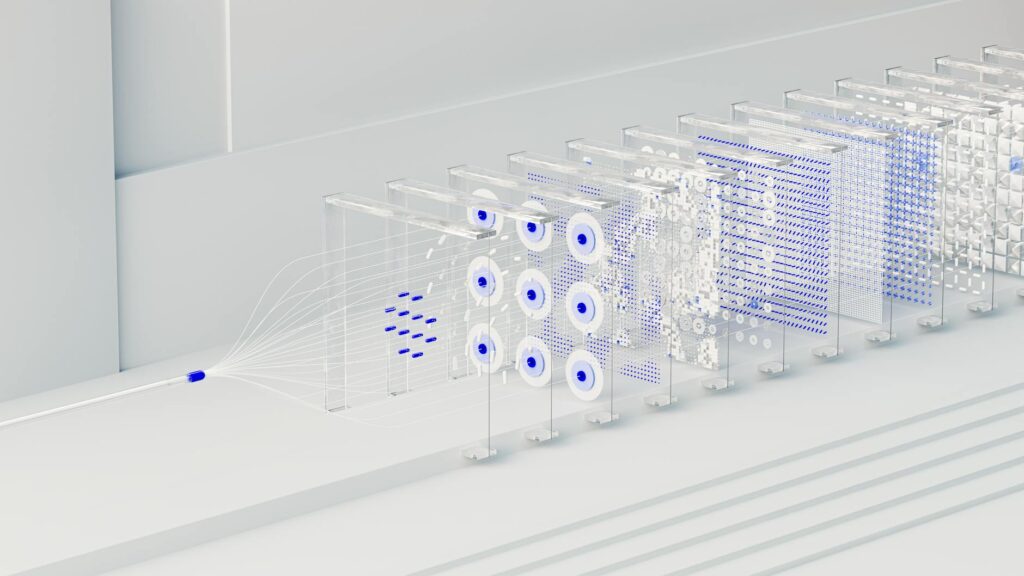What is visualization methods for goals?

What is visualization methods for goals?
Visualization methods for goals are powerful techniques that can help you clarify your aspirations, enhance your motivation, and ultimately achieve your desired outcomes. Whether in your personal life or professional endeavors, visualization can be a game-changer. By creating a clear mental image of what you want to achieve, you set the stage for success. This article will delve into the different methods of visualization, their significance, and practical steps you can take to incorporate these techniques into your daily routines.
Understanding Visualization Methods
Definition of Visualization Methods
Visualization methods encompass various techniques designed to help you create a mental image of your goals. These methods draw from psychological principles, emphasizing that our minds can shape our reality. When you visualize a specific goal, you’re not just daydreaming; you’re engaging in a cognitive process that can positively influence your behavior and decision-making. As noted in resources like BetterHelp, visualizing success is a way to encourage positive behavioral changes and help you meet your goals.
Importance of Visualization in Goal Setting
So, why should you consider using visualization methods for goals? The answer lies in their profound impact on motivation, clarity, and focus. When you visualize your objectives, it becomes easier to see the path to achieving them. This method enhances your commitment to your goals, making you more likely to take the necessary actions to turn them into reality. Studies show that individuals who visualize their goals often experience a boost in confidence and a greater likelihood of success. According to Leaders.com, 76% of people who write down their goals actually achieve them.
Types of Visualization Methods
Guided Visualization
Guided visualization is a structured method in which an individual is led through a detailed mental exercise, often by a facilitator or through recorded sessions. This technique uses relaxation and imagery to help you explore your goals and the steps needed to achieve them. By focusing on specific imagery, you can create a rich mental experience that reinforces your objectives. Guided visualization is particularly useful for those who find it challenging to visualize independently.
Vision Boards
A vision board is a tangible representation of your goals. It involves compiling images, quotes, and other materials that resonate with your aspirations. By arranging these elements on a board, you create a visual reminder of what you want to achieve. This method taps into the power of visual stimuli, helping to keep your goals at the forefront of your mind. To create a vision board, gather materials that inspire you and arrange them in a way that visually represents your aspirations. ClickUp offers various techniques to enhance this creative process.

Photo by Google DeepMind
Mental Imagery
Mental imagery techniques involve vividly picturing your goals and the steps required to attain them. This method can be a powerful tool for athletes or professionals preparing for high-stakes situations. By rehearsing scenarios in your mind, you can reduce anxiety, improve performance, and increase your overall confidence. Implementing mental imagery techniques can be as simple as taking a few minutes each day to visualize your success in detail.
Implementing Visualization Techniques
Creating a Visualization Routine
Establishing a visualization routine is key to harnessing the benefits of these methods. Set aside time each day to focus on your goals. Whether you prefer morning or evening sessions, consistency is essential. During this time, engage in deep breathing exercises, relax your body, and let your mind wander to your visualized goals. Integrating visualization into your daily routine can significantly enhance your commitment to your aspirations.
Tips for Effective Visualization
To maximize the effectiveness of visualization methods for goals, consider the following tips:
- Be Specific: Clearly define your goals and visualize them in detail.
- Engage Your Senses: Incorporate all five senses into your visualization. Imagine not only what you see but also what you hear, smell, taste, and feel.
- Stay Positive: Focus on positive outcomes and visualize success, rather than potential obstacles.
- Use Affirmations: Combine visualization with positive affirmations to reinforce your belief in achieving your goals.
Case Studies and Examples
Successful Individuals Using Visualization
Many successful individuals across various fields credit visualization as a key element of their success. For instance, athletes like Michael Phelps have used visualization techniques to prepare mentally for competitions. By picturing themselves achieving their goals, they enhance their performance and confidence. The insights shared on Tony Robbins highlight the importance of visualizing your goals to promote productivity and enhance gratitude.
Personal Experiences and Testimonials
Have you ever experienced the power of visualization yourself? Personal stories can be incredibly motivating. People from all walks of life have shared testimonials about how visualization techniques transformed their lives. From achieving career milestones to personal growth, these stories exemplify the effectiveness of visualization methods. Consider documenting your own journey and reflecting on how visualization has played a role in your life.
Conclusion
Incorporating visualization methods for goals into your life can lead to profound changes. By understanding and implementing these techniques, you can enhance your focus, clarity, and motivation. Whether through guided visualization, vision boards, or mental imagery, the potential for success is vast. Take time to explore these methods and see how they can help you achieve your personal and professional aspirations. Remember, the journey toward your goals begins with a clear vision—so start visualizing today!